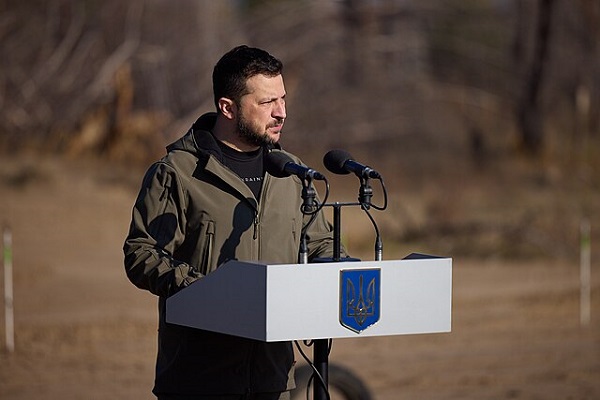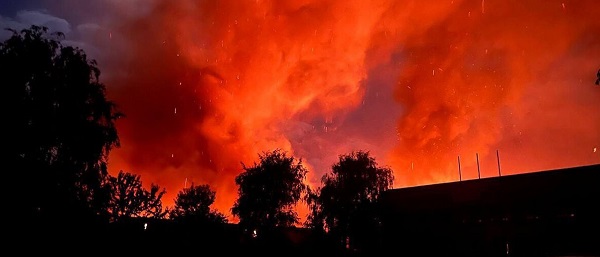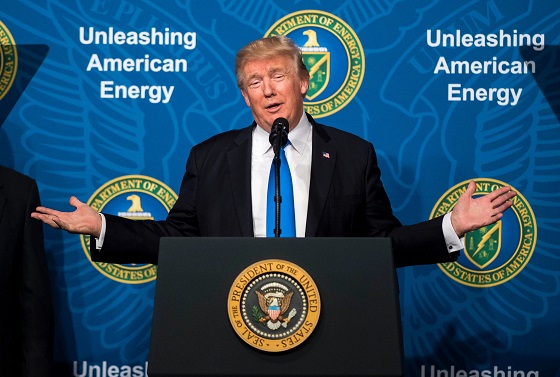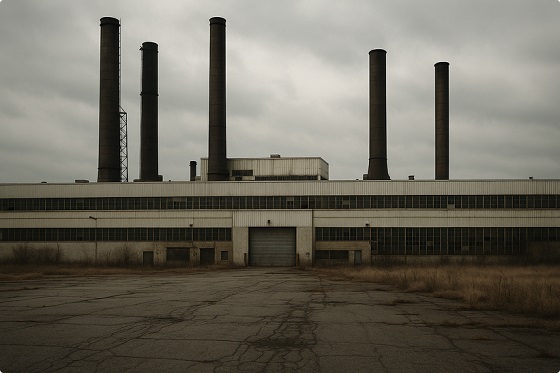conflict
Russia rejects offer to swap territory gained with Ukraine

Quick Hit:
The Kremlin has flatly rejected a proposal by Ukrainian President Volodymyr Zelensky to swap Russian-held Ukrainian land for territory in Russia’s Kursk region controlled by Kyiv. Moscow insists it will not negotiate on its occupied land and has vowed to expel Ukrainian forces from Kursk.
Key Details:
- The Ukrainian president suggested exchanging parts of Kursk that Ukraine controls for unspecified Russian-occupied Ukrainian land.
- Kremlin spokesman Dmitry Peskov declared the idea “impossible” and insisted Russia would never discuss swapping territory.
- Russian forces continue fighting to push Ukrainian troops out of Kursk, while Ukraine attempts to regain control of its own land.
Diving Deeper:
Russia has firmly rejected a proposed land swap suggested by Ukrainian President Volodymyr Zelensky, dismissing any notion of trading occupied Ukrainian territory for parts of Russia’s Kursk region that Kyiv seized in a cross-border attack last year.
The idea, which Zelensky discussed with The Guardian, was aimed at finding a diplomatic path toward ending the war. “We will swap one territory for another,” Zelensky said, though he did not specify which Russian-occupied areas Ukraine would demand in return. He emphasized that every piece of Ukrainian land is important, declining to name any priorities.
Moscow’s response was swift and unequivocal. “This is impossible,” Kremlin spokesman Dmitry Peskov told reporters. “Russia has never discussed and will not discuss the exchange of its territory.” He reaffirmed Russia’s determination to remove Ukrainian forces from Kursk, either by force or by expulsion.
Ukraine’s military made a surprise incursion into Kursk last August, securing pockets of land that Russian forces have been struggling to reclaim. President Vladimir Putin previously assured Russians that Ukrainian troops would be removed but declined to specify a timeline.
Currently, Russia occupies nearly 20% of Ukraine—more than 112,000 square kilometers—while Ukraine controls around 450 square kilometers of Kursk, according to battlefield maps.
Artificial Intelligence
AI Drone ‘Swarms’ Unleashed On Ukraine Battlefields, Marking New Era Of Warfare


From the Daily Caller News Foundation
Artificial intelligence-powered drones are making their first appearances on the battlefield in the Russia-Ukraine war as warfare creeps closer to full automation.
In bombardments on Russian targets in the past year, Ukrainian drones acting in concert were able to independently determine where to strike without human input.
It’s the first battlefield use of AI “swarm” technology in a real-world environment, a senior Ukrainian official and Swarmer, the company who makes the software, told the Wall Street Journal in a Tuesday report. While drones have increasingly defined modern battlefields, swarms until now had been confined to testing rather than combat.
“You set the target and the drones do the rest,” Swarmer Chief Executive Serhii Kupriienko told the WSJ. “They work together, they adapt.”
So far, the Swarmer technology has been used hundreds of times to target Russia assets, but was first used a year ago to lay mines on the front, the Ukrainian official told the WSJ. The software has been tested with up to 25 drones at once, but is usually utilized with only three.
Kupriienko told the WSJ that he was preparing to test up to 100 drones at once with the linking software.
A common arrangement used on the battlefield includes one reconnaissance drone to scout out the target and two explosive drones delivering the payload on target, the official told the WSJ.
While Western nations such as the U.S., France and the United Kingdom are also pursuing drone swarm technology, they have not deployed swarm technology on the battlefield the way Ukraine has, according to the WSJ. Currently, autonomous weapons are not regulated by any international authority or binding agreement, but ethical concerns around the technology has led many to call for increased regulation of weapons like the Swarmer system.
The Ukrainian Ministry of Foreign Affairs did not immediately respond to the Daily Caller News Foundation’s request for comment.
conflict
Trump Pentagon Reportedly Blocking Ukraine From Firing Western Missiles Deep Into Russia


From the Daily Caller News Foundation
The Department of Defense has spent months blocking the Ukrainian military from using American and British-made missiles to hit targets deep inside Russia, The Wall Street Journal reported Sunday, citing unnamed U.S. officials.
Undersecretary of Defense for Policy Eldridge Colby reportedly designed the procedure to review requests to carry out the long-range strikes with weapons that are either of U.S. origin or that require American intelligence or use components provided by the U.S., according to the WSJ. Secretary of Defense Pete Hegseth reportedly has the final say on whether Ukrainian forces can use the MGM-140 ATACMS (Army Tactical Missile System) to hit targets in Russia.
The reported blocks on missile strikes coincides with a Trump administration effort to broker a peace deal between Russia and Ukraine. A Pentagon spokesperson declined to comment further on the matter.
BREAKING: President Vladimir Putin reacts to B-2 Flyover pic.twitter.com/1mzVn7DxlW
— Jack Poso 🇺🇸 (@JackPosobiec) August 15, 2025
The Biden administration allowed Ukraine to carry out strikes with ATACMS in November, weeks after President Donald Trump won the 2024 election, the New York Times reported. Trump criticized the move during a December interview with Time magazine.
“It’s crazy what’s taking place. It’s crazy,” Trump said. “I disagree very vehemently with sending missiles hundreds of miles into Russia. Why are we doing that? We’re just escalating this war and making it worse. That should not have been allowed to be done.”
Trump and Russian President Vladimir Putin met in Alaska on Aug. 15 for a summit meeting during which Trump sought to secure a cease-fire in Russia’s war with Ukraine. As Trump greeted Putin, a B-2A Spirit stealth bomber and several fighters carried out a flyover of Elmendorf Air Force Base.
Trump met with Ukrainian President Volodymyr Zelensky and major European leaders on Aug. 18 to update them on the summit.
In July, Trump reached an agreement with NATO where members of the alliance would purchase weapons, including MIM-104 Patriot surface-to-air missiles, and donate them to Ukraine.
-

 Daily Caller2 days ago
Daily Caller2 days agoUS Eating Canada’s Lunch While Liberals Stall – Trump Admin Announces Record-Shattering Energy Report
-

 espionage16 hours ago
espionage16 hours agoU.S. Charges Three More Chinese Scholars in Wuhan Bio-Smuggling Case, Citing Pattern of Foreign Exploitation in American Research Labs
-

 Censorship Industrial Complex2 days ago
Censorship Industrial Complex2 days agoHow the UK and Canada Are Leading the West’s Descent into Digital Authoritarianism
-

 Business23 hours ago
Business23 hours agoU.S. Supreme Court frosty on Trump’s tariff power as world watches
-

 Energy2 days ago
Energy2 days agoEby should put up, shut up, or pay up
-

 Business2 days ago
Business2 days agoCapital Flight Signals No Confidence In Carney’s Agenda
-

 Justice1 day ago
Justice1 day agoCarney government lets Supreme Court decision stand despite outrage over child porn ruling
-

 International2 days ago
International2 days agoThe capital of capitalism elects a socialist mayor




